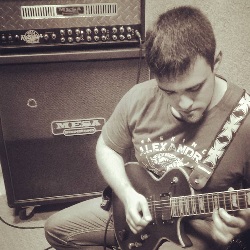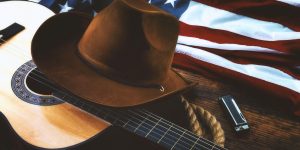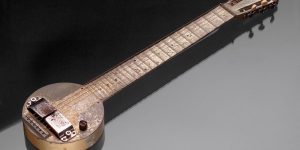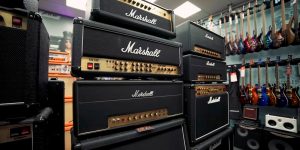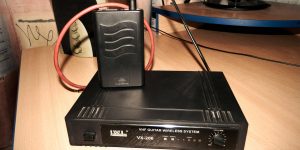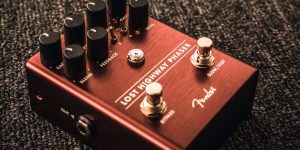A guitar reverb pedal is used to change the sound of a guitar by adding reverberation.This can be done to emulate different acoustic environments, like recording studios or stadiums.
This effect was popularized in the 1960s and 1970s by artists such as Jimi Hendrix, who would use these pedals in his live performances. The sound produced is usually either dark or bright, depending on what type of effect you are going for.
This blog post will discuss how to use a reverb pedal, and we’ll provide some tips on which pedals are best for beginners!
How does it work?
A reverb pedal works by adding digital reverberation to the sound of your guitar. Again, you can adjust how much or little you want to get either a dark, full sound or a bright and light sound.
In general, these pedals work best when they are placed after distortion (or overdrive) effects because it helps add more texture to the sound.
You can also use a reverb pedal with other effects to create different sounds and textures, such as chorus or delay.
Where the reverb pedal should be in the signal chain?
The next thing to decide where you want your reverb pedal to go in the signal chain. You can place it before distortion or overdrive effects, after those effects and any other effect pedals (such as delay), or used with different types of sounds altogether (like chorus).
For beginners, I would suggest placing the pedal after distortion effects because it helps to add more texture and create a fuller sound.
If you were to place the pedal before distortion, this is how things would work: The guitar signal enters into the reverb pedal first and then continues on its way through any other pedals that are connected in order. What happens here is that some of your sounds will be lost through the reverb pedal before you even start to distort it.
This makes sense because what happens when something enters a room with more reverberation? It will sound louder and fuller than if it had entered a room with less of this feature.
If you are playing with distortion or overdrive effects before your reverb pedal, start by turning down the volume of these pedals. This will help prevent too much noise from being generated when using a loud tone such as high-gain.
Once you are playing with distortion or overdrive effects and your reverb pedal, it is important to adjust these volume first for the reverb to sound good. The goal is not only to get a full-sounding tone but also one that avoids any unwanted noise!
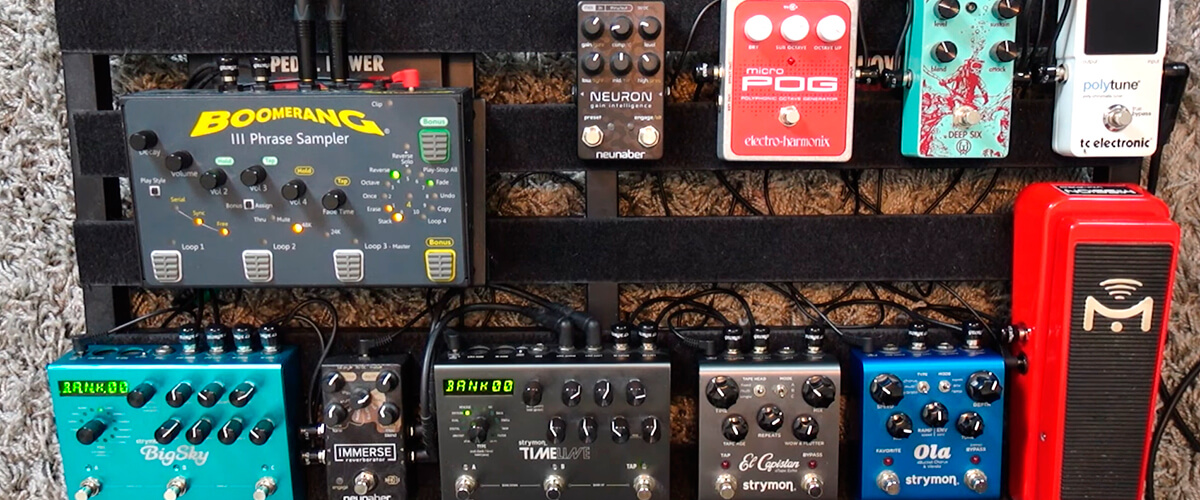
Which brand reverb pedal should I choose?
A good place to start if you are new to reverb pedals would be Boss and TC Electronics. They have some more affordable options that should suit a beginner just fine.
Otherwise, you can check out some higher-end pedals from companies like Fender or Line Six!
Pros and cons of using a guitar reverb pedal
Pros
The pros of using a reverb pedal are that it will give your sound more depth and dimension. They can also help create new textures for different sounds, such as chorus or delay effects.
Cons
One disadvantage is the problem with noise-induced feedback when you are playing loudly. This means that if you play a loud note next to a reverb pedal that you have not turned down the volume of, there is a chance it will feedback.
Another disadvantage can be with how expensive some pedals are; they can cost up to $300 or more for higher-end models! For beginners who might want to start small and later upgrade their gear, this could be too much money at first.
How to connect reverb pedal?
One important factor to keep in mind when you are connecting pedals is that there will be some delay due to how long it takes sound waves to travel through certain distances and materials such as steel cables or wood.
This means when you plug into an amp, and it is important to keep a long enough cable for this signal delay; otherwise, the reverb will not sound like it was intended.
You want your pedals in order from the shortest-to-longest distance away so that each one requires less delay due to its location, and you have all other factors equal. This can be done by following the order from shortest to longest: pedals closest-to-the amp > pedal in front of the amp > pedal behind the amp.
You may also find that some reverb pedals come with their power supply, meaning you won’t have to buy one separately for them! If this is the case, then make sure to plug it in and turn it on!
One more thing to keep in mind is that some reverb pedals come with a level knob. This will let you adjust how much of the effect you want to hear when using it; for example, if you wanted less than 100%, this could be adjusted accordingly.
A good idea would be to start at 100% and then adjust it based on your preference!
We are supported by our audience. When you purchase through links on our site, we may earn an affiliate commission at no extra cost to you.
Our newsletter
* We will never send you spam or share your email with third parties
